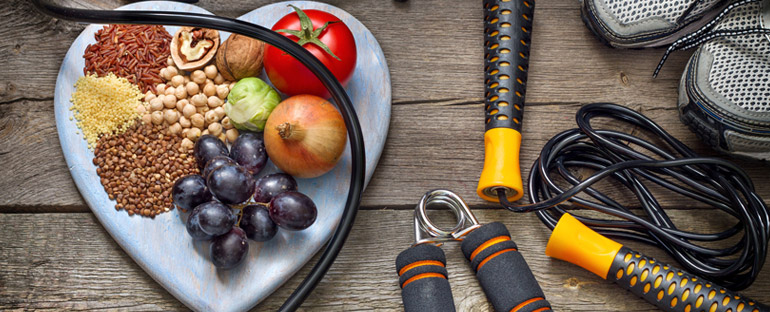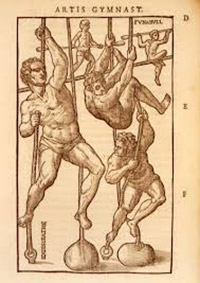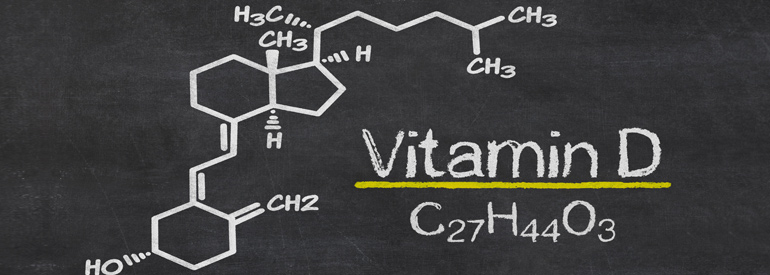
Sport and nutrition, the winning combination!


Motor activity is medicine
In the 4th century B.C. Hippocrates included gymnastics in conservative, i.e. preventive medicine, the concept behind today’s lifestyle medicine, codified in the U.S. and exported all over the world.
 Doctor Girolamo Mercuriale from Forlì sanctioned the origin of medicine sports in 1569 with his famous treatise “De arte gymnastica” (1) which constitutes a bridge between the classical Greek-Roman era and the Modern era.
Doctor Girolamo Mercuriale from Forlì sanctioned the origin of medicine sports in 1569 with his famous treatise “De arte gymnastica” (1) which constitutes a bridge between the classical Greek-Roman era and the Modern era.
«Gymnastic science is the discipline that contemplates every type of physical exercise, reporting its specific properties, and has as its aim the preservation of good health and the acquisition and preservation of a perfect physical constitution».
Approaching our times, one of the first studies that empirically correlates physical activity with human health dates back to the 1950s with the connection between cardiovascular diseases and the performance of active or sedentary work duties (2).
Over the years, a huge amount of scientific evidence has been collected on the positive effect of physical exercise in the prevention and treatment of the main chronic diseases, psychic diseases such as depression, on the reduction of the risk of death and longevity. Physical activity goes beyond the concept of “polypharmaceutical” (3), with respect to which it can be even more powerful, including among its effects also the reduction of low-grade inflammation that we remember plays a role, among other things, important in viral infections.
Skeletal muscle can therefore be seen as an endocrine organ capable of producing hundreds of myokines including growth factors, metallopeptidases, cytokines, etc. This secretory capacity increases with contraction, with muscle remodeling and in post training myogenesis.
Are the Italians sedentary or sporty?
An ISTAT survey from 2016 draws a national framework divided into two macro groups, sporting and sedentary, in more detail:
- about 25% of sports, that is, they carry out physical activity on an ongoing basis;
- approximately 35% physically active, that is, they do sports occasionally or do some random physical activity;
- about 40% sedentary, that is, they do not practice any sport or do physical activity or heavy work.
50 years ago only 7% of Italians practiced a sport (mostly hunting and football), but the days were characterized by a very active lifestyle, in children with outdoor games and without the pervasive presence of TV screens , PC or smartphone, in the means of locomotion and in the job duties in adults. With economic development, sedentary lifestyle has increased incredibly, but sports in leisure have also progressively increased. Nowadays, in fact, the percentage of sportsmen has risen to 60% with the prevalence of gym activities, fitness, running, following football, swimming and finally the other sports in lower percentages.
The growth of the sporty population is perhaps linked to the atavistic need to move one’s body or even to counteract the increase in obesity and related diseases. The fact is that more and more people wear sneakers and tracksuits during the week to carry out some activity.
Sport: at what time of the day?
To get the maximum benefit from physical activity, it must be entered correctly in relation to meals and times of the day. This could contrast with the approach you have given to your day which does not take count the needs of human physiology. We must first of all remember that being diurnal animals the activities of maximum commitment and effort must be carried out in the morning or in the central phases of the day. Synchronization with circadian rhythmsis essential to work efficiently and effectively on our body.
The normal caloric intake
From a quantitative point of view, the athlete’s diet should be normal calorie, with a caloric distribution throughout the day, without skipping breakfast which, on the contrary, must be one of the main meals of the day.
Using the reading key of the autonomic nervous system (SNA) and the neuroendocrine axis of cortisol (HPA) we know that a cycle, such as a sinusoid, is naturally present in humans, which has a maximum in the early hours of the day and a minimum at late evening and early at night. Unfortunately, the modern lifestyle, with the lengthening of mealtimes and activities in the evening hours, has generated a desynchronization and flattening of these axes with tangible consequences on people’s energy status and resilience.
Why avoid dining late
For example, performing a workout at 7 – 8 p.m. or later will raise the SNA and HPA axes at a time of day when they should have gone down. The next meal will further raise the cortisol and “keep the insulin” awake all night, thus preventing other hormones, including GH and melatonin from performing their recovery tasks and having a natural and regenerating sleep cycle. This effect will be more or less marked depending on the qualitative and quantitative composition of the meal. (For insights>> https://www.lipinutragen.it/en/biological-clock-and-feeding/)
Food is energy
Another element to consider is the presence of fuel to support physical-motor activity. We know that muscle can use sugars or fats in a variable mixture. While the fat tank is almost infinite, the sugar tank, in the form of glycogen, is much smaller and more limited (about 500 g in the muscles and about 100 g in the liver). That is why before sport you have to start with glycogen stores in full muscles and liver, while the stomach must be empty in order not to have expensive digestive processes in progress.
For this reason, it is important to avoid long fasts and expertly introduce snacks, the composition of which will vary according to the time available before physical activity.
Clearly the issue is very complex and requires to be studied on a case-by-case basis and after an assessment of the body composition and individual tissue hydration status.
See also the article previously published for the interesting implications that emerged on the need for omega-3 in endurance sports> https://www.lipinutragen.it/en/lipidomics-for-athletes/
Bibliography:
(1) Girolamo Mercuriale, De arte gymnastica. Ilte Industria Libraria Tipografica Editrice, Torino, 1960, 421 pagine, p. XIII
(2) Morris et al. Coronary heart-disease and physical activity of work. Lancet. 1953 Nov 21; 262(6795):1053-1057.
(3) Fiuza-Luces C. Exercise is the Real Polypill. 2013 Physiology 28:330-358.
Article by:
Francesco Bonucci – Nutritionist
The diet advise, written in the article, are not intended to be a substitute for a personal nutrition plan and should be adapted to specific cases
Photo: 123RF Archivio Fotografico: 52648870 ©udra /123rf.com
- On 22 May 2020



